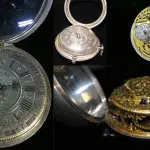
Hunting Cryptids? Then You Better Know The Law
Featured in Ripley's Believe It or Not!

Imagine you’re in the woods.
You know—the deep, dark woods, far from civilization. Got it? Now imagine you see something you can’t explain, something covered in hair, something 8-feet tall that looks like an ape but walks like a man.







